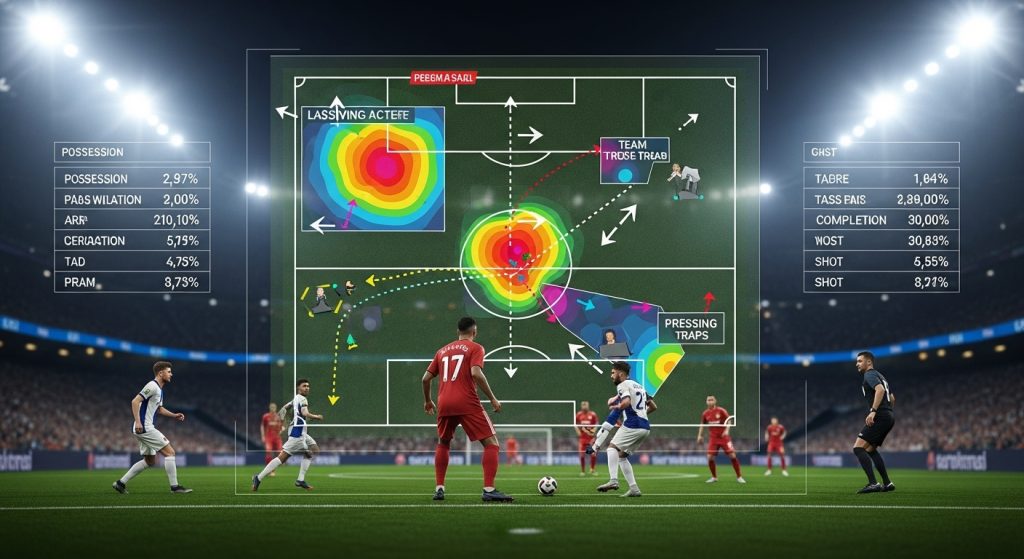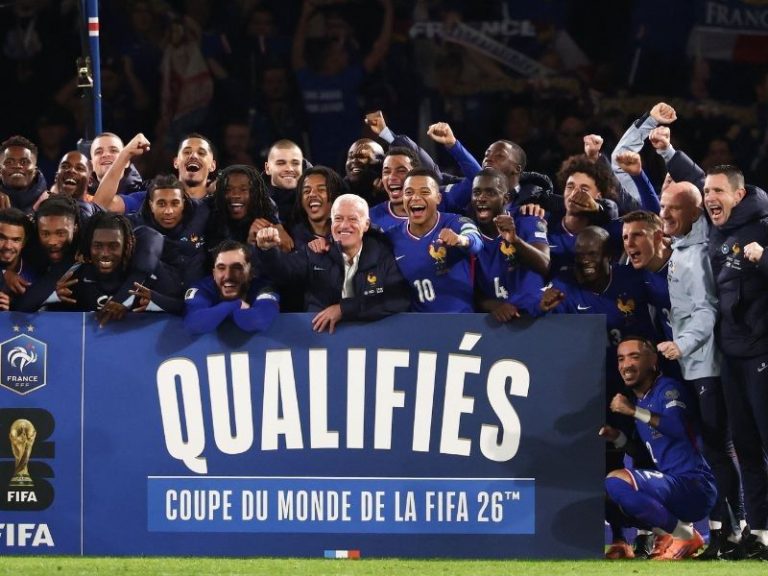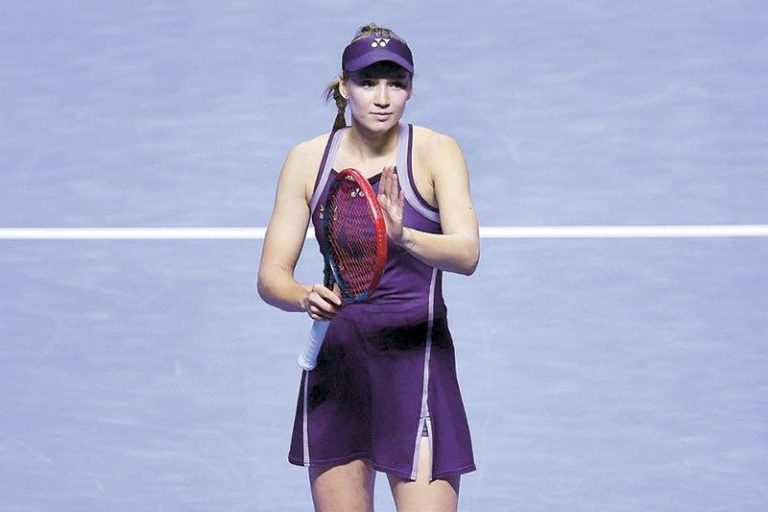
1. Overview
Tactical analysis in modern sports focuses on understanding the underlying strategies, spatial structures, and decision-making processes that define a team’s performance. It involves studying formations, player movements, transitions, and how teams adapt to different game scenarios. The goal is to identify patterns that contribute to success or failure — whether in defense, offense, or transitional phases.
2. Team Structure and Shape
A team’s tactical structure serves as the foundation of its playing identity. Formations such as 4-4-2, 4-3-3, or 3-5-2 are not merely numbers; they represent distinct philosophies.
- 4-3-3 emphasizes width and high pressing, encouraging wingers to stretch the pitch while midfielders maintain vertical balance.
- 3-5-2 relies on strong central defense and overlapping wing-backs to provide both defensive stability and offensive width.
- 4-2-3-1 focuses on control through the middle, allowing one or two holding midfielders to dictate tempo and recycle possession.
The effectiveness of these shapes depends on the cohesion and adaptability of the players rather than the formation itself. Elite teams transition fluidly between systems based on the game’s context.
3. Defensive Tactics
Modern defensive tactics combine compactness, pressing triggers, and coordinated spatial coverage. Successful teams maintain a high degree of vertical and horizontal compression, limiting passing lanes and forcing opponents into low-probability zones.
- Pressing Systems: High pressing requires synchronization among forward and midfield lines, often led by the striker initiating pressure at the right trigger moments (such as a poor first touch or back pass).
- Mid-Block and Low-Block: Teams adopting a conservative setup focus on reducing space between the lines, allowing opponents to possess the ball in non-dangerous areas.
- Transition Defense: Immediate reaction after losing possession — known as “counter-pressing” — is crucial. Quick pressure in the first five seconds after a turnover can neutralize counterattacks before they develop.
4. Offensive Strategy
In attack, tactical sophistication centers on exploiting space, manipulating defensive structures, and creating numerical superiority.
- Positional Play (Juego de Posición): This model prioritizes precise spacing between players to control zones and create passing triangles. The objective is to move the ball faster than the opponent can shift defensively.
- Counter-Attacking Systems: Teams with pace rely on vertical transitions — regaining possession and attacking within seconds before the defense reorganizes.
- Set-Piece Mastery: In modern competitions, around one-third of goals originate from set pieces. Teams invest significant preparation in rehearsed routines for corners, free kicks, and throw-ins, often designed to exploit specific match-ups or defensive weaknesses.
A complete offensive structure blends patient buildup with sudden acceleration, ensuring unpredictability and tactical depth.
5. Midfield Dynamics
The midfield functions as the “engine room,” linking defense and attack. Tactical analysis often highlights:
- Double-Pivot Control: Two central midfielders manage transitions, balance, and ball circulation.
- Creative Link Role: The attacking midfielder, or “number 10,” dictates tempo and finds space between opposition lines.
- Press-Resistance: The ability to receive under pressure and distribute accurately determines the team’s ability to sustain possession.
A well-coordinated midfield enables the entire system to remain compact and fluid simultaneously.
6. Transition Phases
The most decisive moments in modern sport occur during transitions. Teams that control these moments often dominate matches even without majority possession.
- Offensive Transition: Quick exploitation of disorganized opponents through vertical passes or diagonal switches.
- Defensive Transition: Immediate regrouping and compactness to prevent overloads or counters.
Elite teams spend training sessions simulating these scenarios repeatedly — aiming to reduce reaction time and improve spatial awareness.
7. Tactical Adaptability and Game Management
Modern tactical analysis also examines how teams modify approaches within matches:
- In-Game Adjustments: Coaches may shift formations mid-game (e.g., from 4-3-3 to 4-2-3-1) to alter pressing intensity or protect a lead.
- Substitution Strategy: Introducing players with contrasting profiles — such as a target striker or deep-lying playmaker — changes the rhythm of the game.
- Game State Awareness: Tactical decision-making adapts depending on whether the team is leading, drawing, or chasing the match.
The capacity to adapt strategically separates elite sides from technically gifted but tactically rigid teams.
8. Psychological and Data Dimensions
Tactics are increasingly integrated with sports psychology and analytics. Performance data (possession zones, expected goals, passing networks) reveals tendencies invisible to the naked eye. Coaches combine statistical feedback with psychological conditioning to ensure tactical discipline under pressure. Mental resilience — maintaining positional responsibility even after setbacks — defines championship-level consistency.
9. Conclusion
Tactical analysis transcends simple formation study; it’s a multidimensional discipline combining geometry, timing, psychology, and teamwork. Successful implementation requires cohesion, adaptability, and anticipation — the collective ability to act one step ahead of the opponent. In the modern era, the most tactically intelligent teams not only execute a plan but evolve it in real time, transforming the sport into a strategic contest of ideas as much as physical performance.





